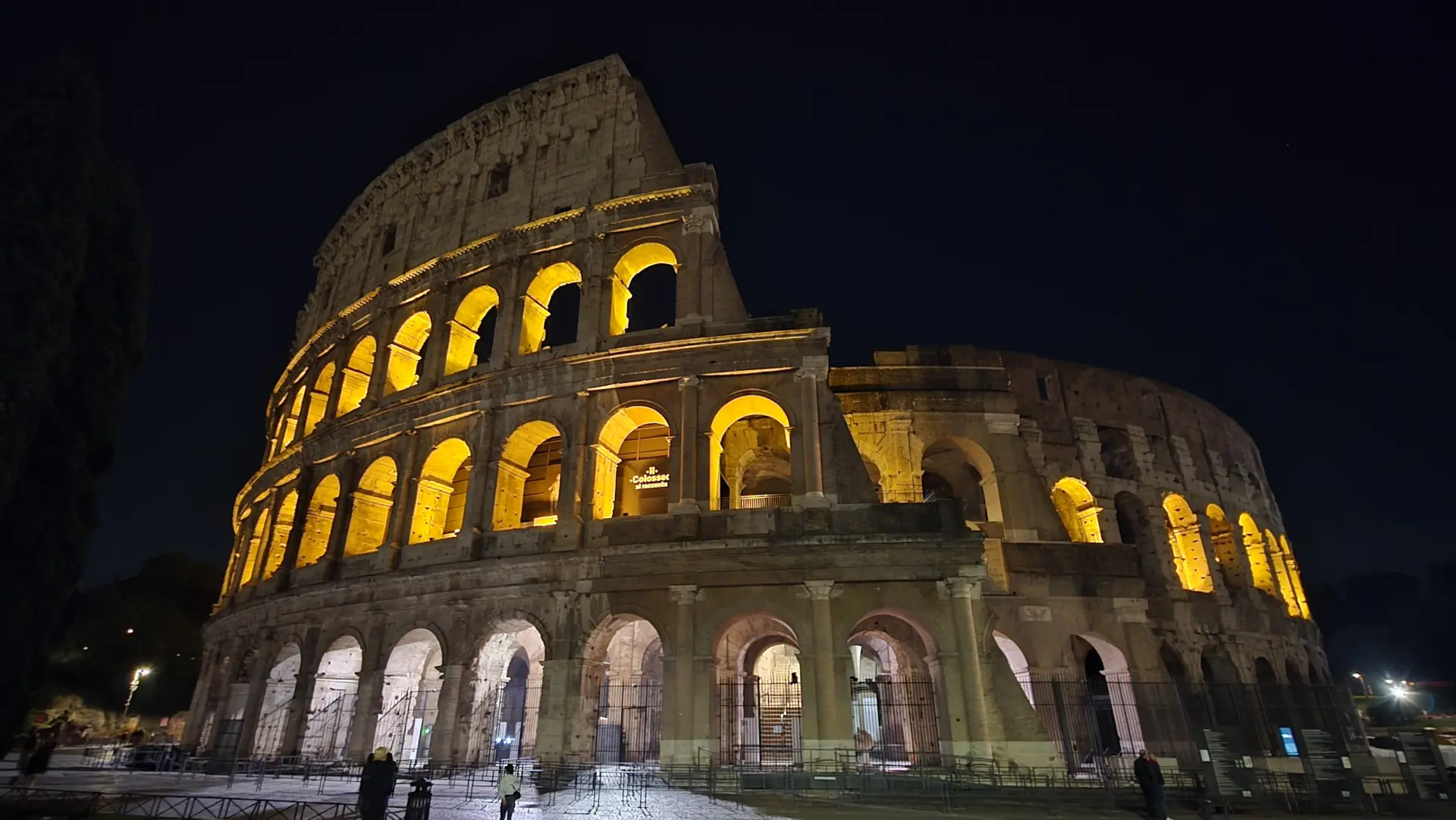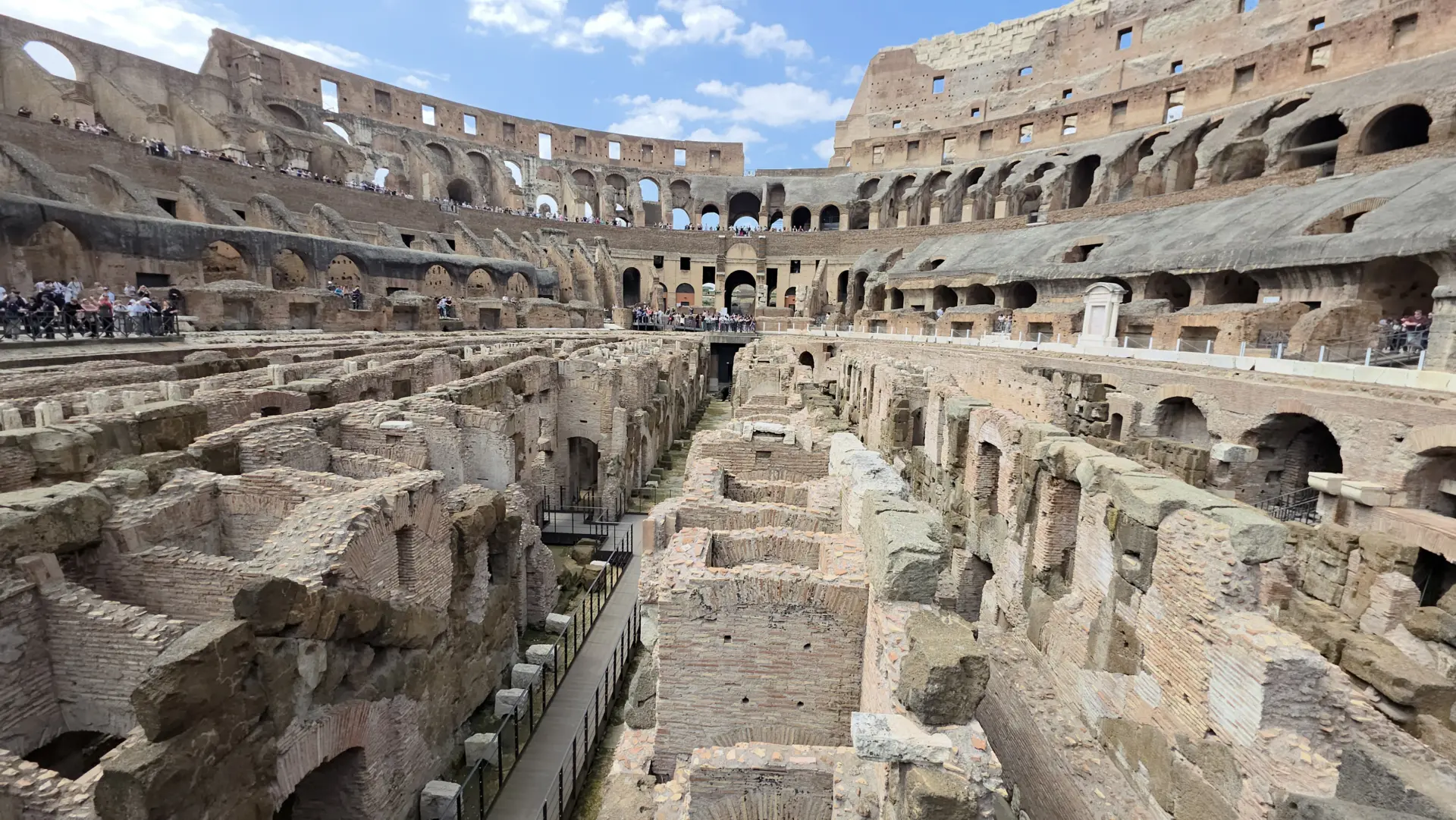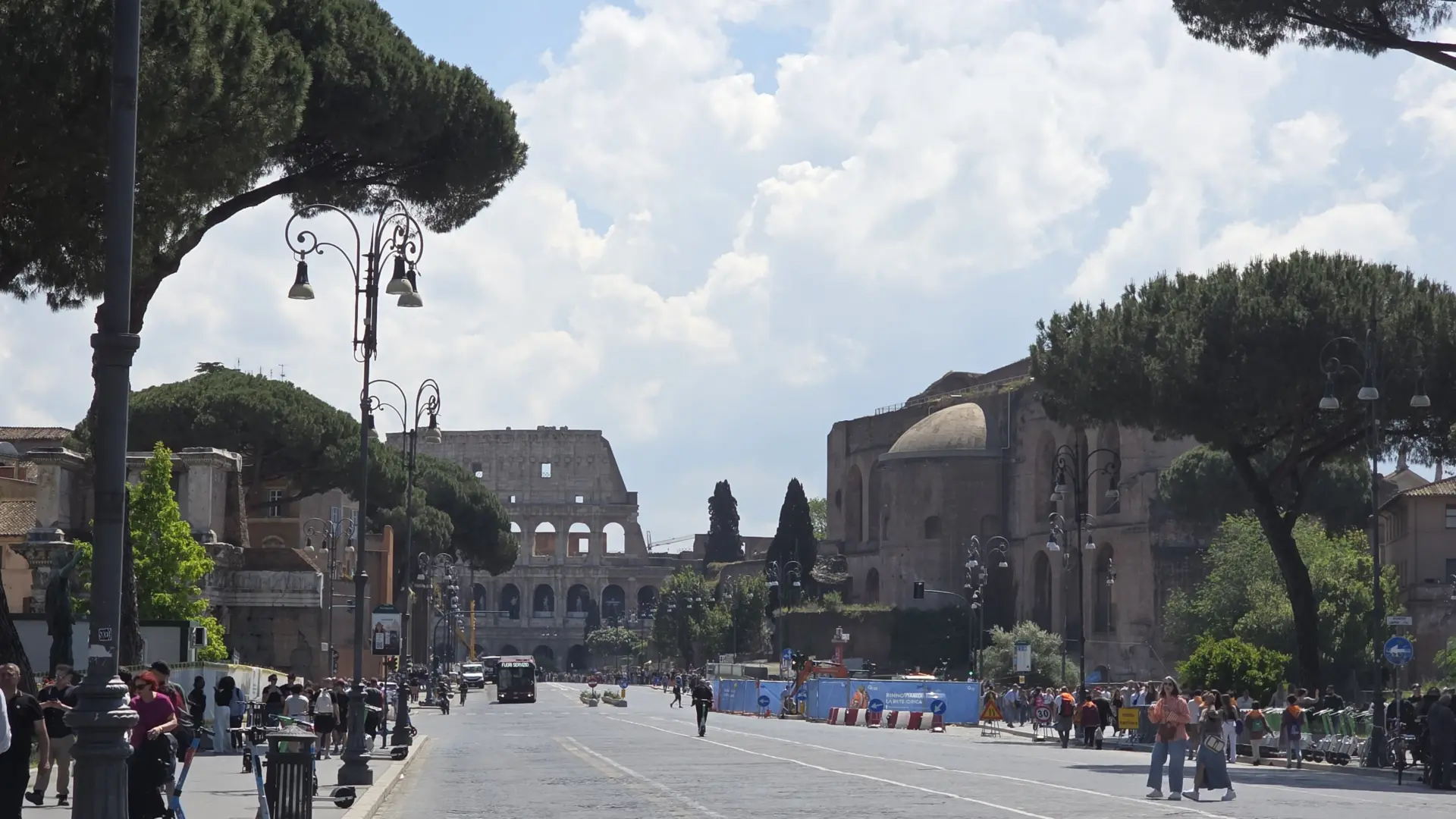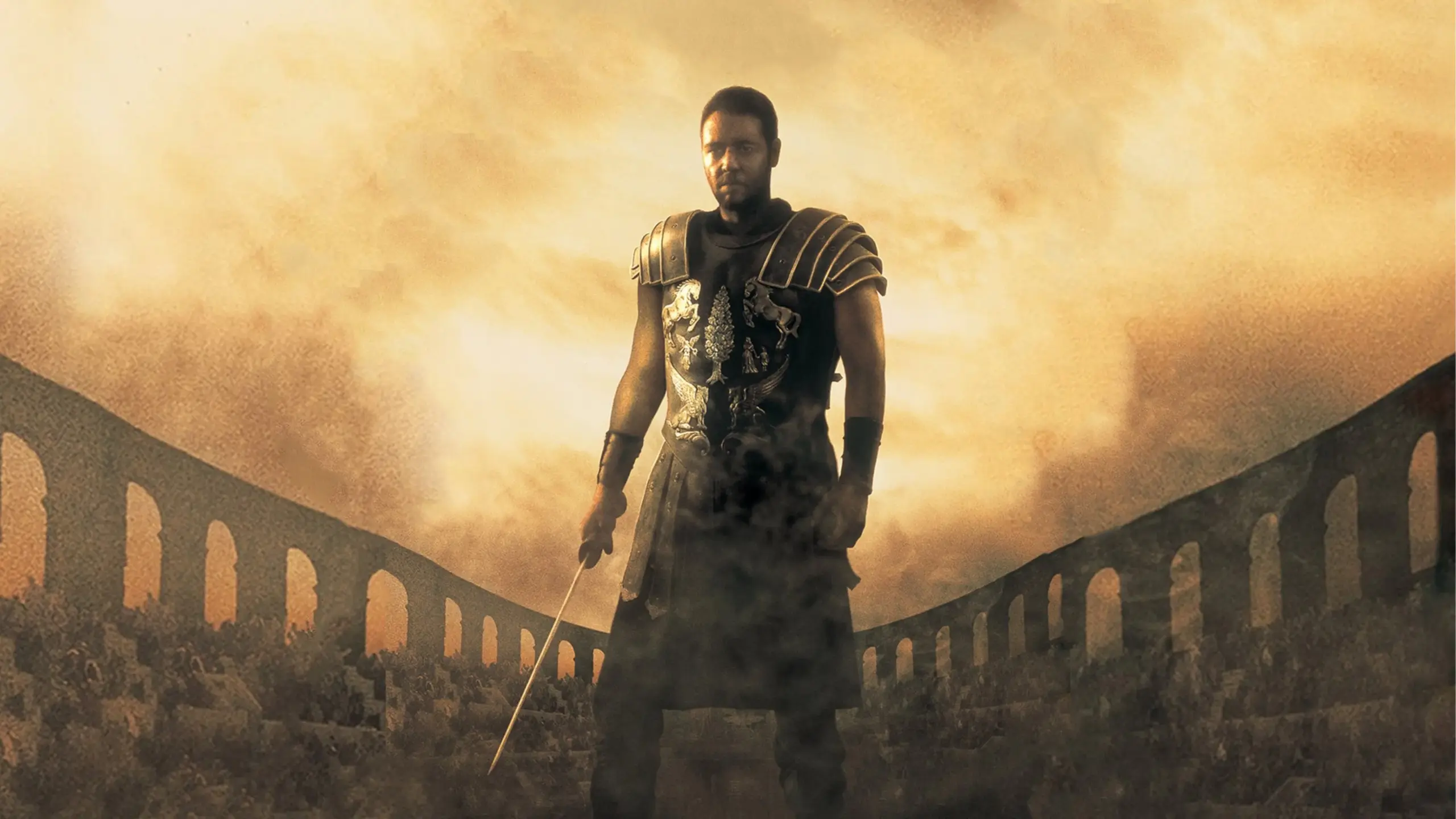Ciao cinefili e viaggiatori 🎬Few films stay with you like Gladiator (2000). Its story, its visuals, its aching blend of power and grief, unforgettable! But watching it again after walking through the real Colosseum in Rome? That changes everything.
I first saw Gladiator years ago, wide-eyed, completely immersed in its grandeur. But now, having walked beneath those arches and touched the very stone of the arena, the film feels entirely different. The roar of the crowd, the dusty air, the quiet fire in Maximus’ eyes… it’s no longer just cinema. It’s a place I’ve been. A feeling I’ve held.
🌍 The Story That Gripped the World
Directed by Ridley Scott, Gladiator tells the story of Maximus Decimus Meridius, a Roman general turned slave turned legend. Betrayed by the empire he served, Maximus rises from despair to become the voice of justice in the blood-soaked sands of the Colosseum.
Russell Crowe’s performance still resonates today: dignified, bruised, and burning with quiet resolve. His words, “What we do in life echoes in eternity,”, carry more weight when you’ve stood in that very space, where echoes were once literal. The film swept the 2001 Oscars, winning Best Picture, Best Actor, and three other awards. More importantly, it sparked a global fascination with ancient Rome that lives on, including, I’m sure, in the hearts of many who’ve dreamed of visiting the Eternal City.
🏛️ The Colosseum: Onscreen and In Person
Gladiator’s Colosseum is part physical set (built in Malta), part CGI, and entirely iconic. But the real Colosseum is humbler, quieter, weathered, and more moving than you expect.

When I visited, I felt its scale in my bones. The arches stretch into the sky, the stone holds centuries of wear, and the silence feels sacred. As I stepped onto the arena floor and looked up into the seats, I could hear the weight of thousands of stories, both real and imagined.

I thought of Maximus. I thought of the gate opening. I thought of how fiction and history dance in places like this, and how films like Gladiator give us a language to feel something ancient.
🎭 History and Hollywood
Of course, the movie takes liberties. The real Emperor Commodus didn’t die in the arena, and Maximus is a fictional hero. But the themes are truthful: power, grief, vengeance, honor. These are Roman ideals. And cinematic ones!
The film didn’t just romanticize history, it humanized it. It gave emotional context to a structure many had only studied from afar. In fact, Gladiator is credited with boosting Rome’s tourism in the early 2000s. It made people curious about legacy, and about the city that guards it. Rome rewards myth. And Gladiator embraced it.

Final Thoughts
Watching Gladiator after visiting Rome felt like re-reading a poem you’d memorized as a child, only this time, the meaning hits deeper.
I had walked the tunnels. I had stood in silence. I had felt the breeze sweep through the ruins. And when I watched Maximus press his fingers into the soil, I knew that moment was about more than revenge. It was about memory.
So, if you’ve been to Rome, or if you’re planning to, do yourself a favor: watch Gladiator again. Let the Colosseum become a character, a stage, a symbol. Let Maximus guide you through it.
And yes, I’ll be sharing thoughts on the sequel soon. But first, I’ll linger a little longer with Maximus.
xoxo,
Bubbly 💖


